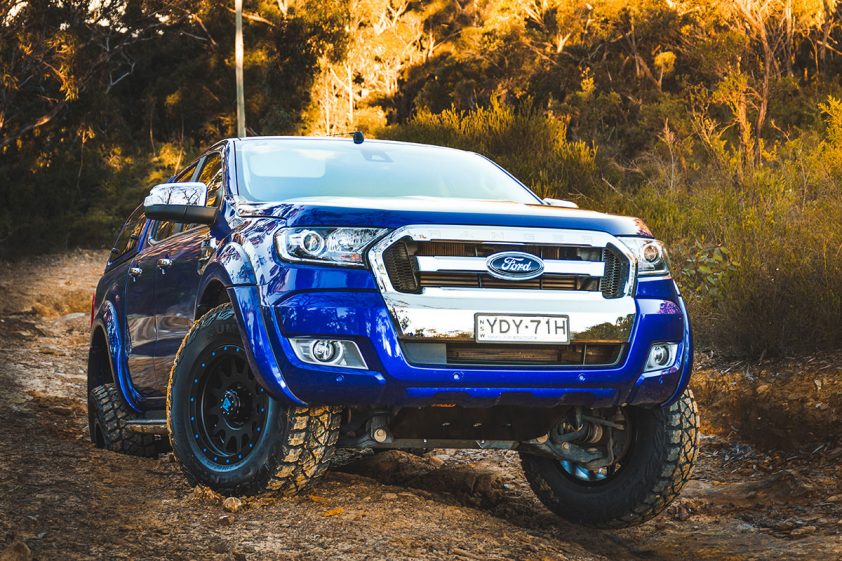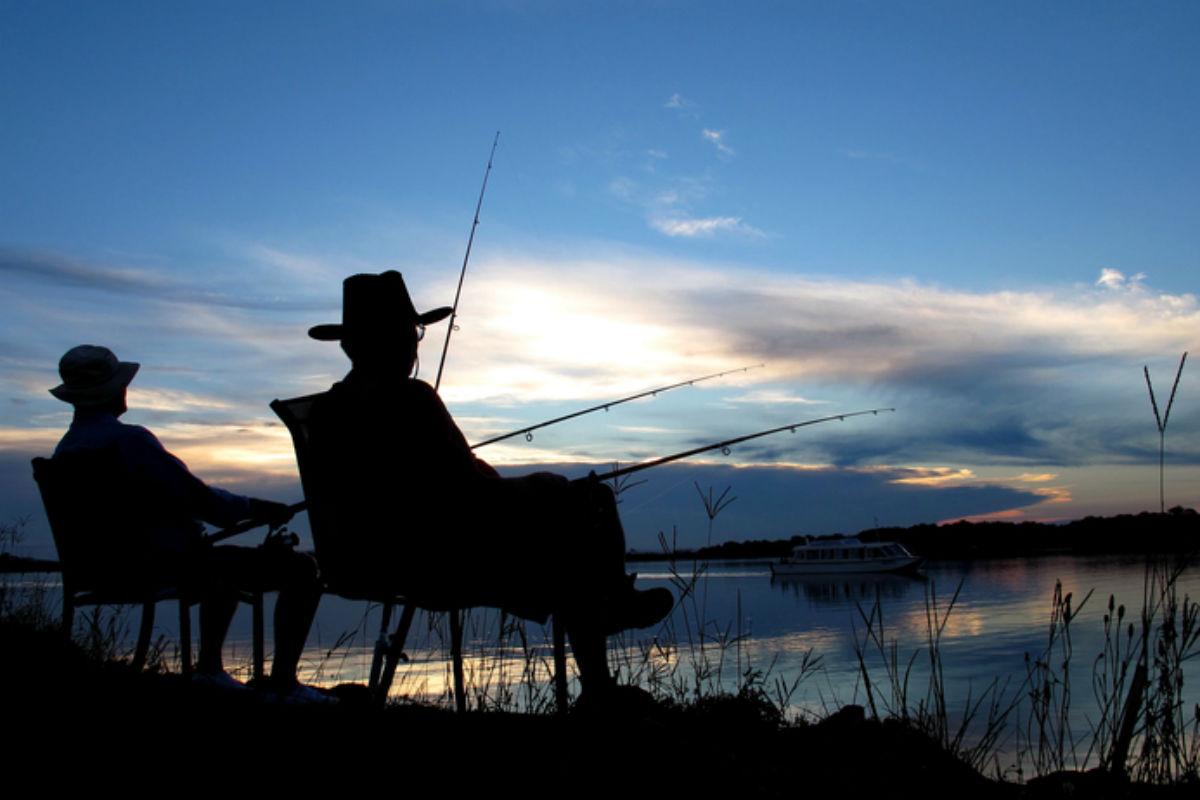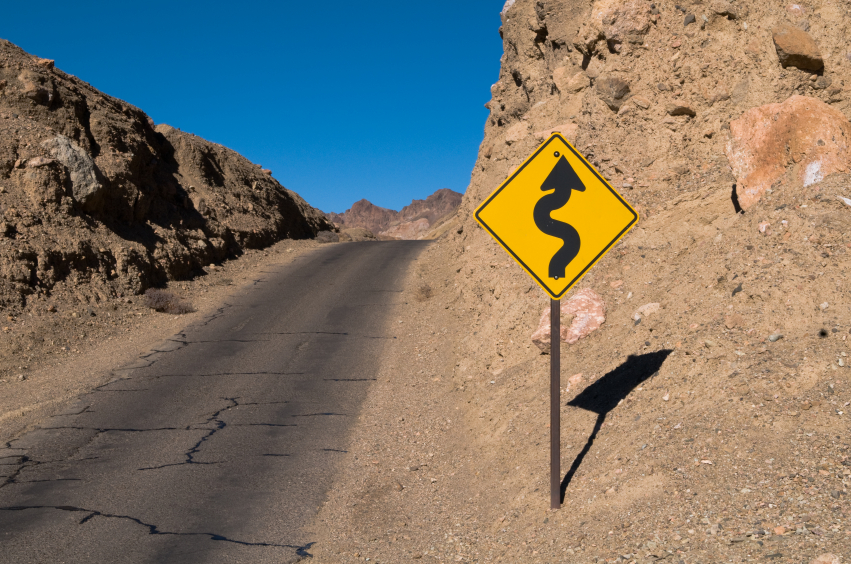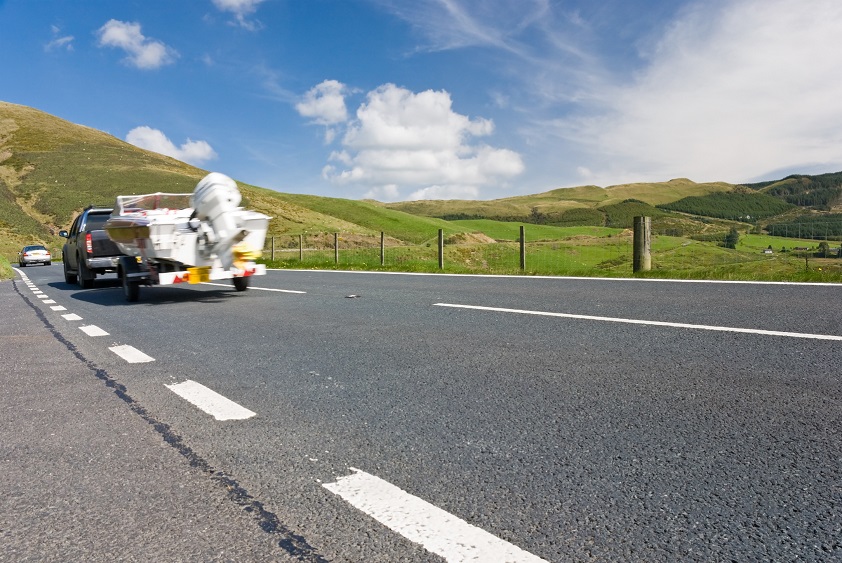Serious offroad travellers look for any edge that will help them get the most out of their rig off the beaten track. While much attention is paid to the caravan or camper itself, the tow vehicle is a vital piece of the setup and one question many will ask is: do larger tyres mean a better offroad experience?
We asked tow-pro Dan Everett for his real-world advice for offroad adventurers…
WHAT DIFFERENCE CAN TYRES MAKE?
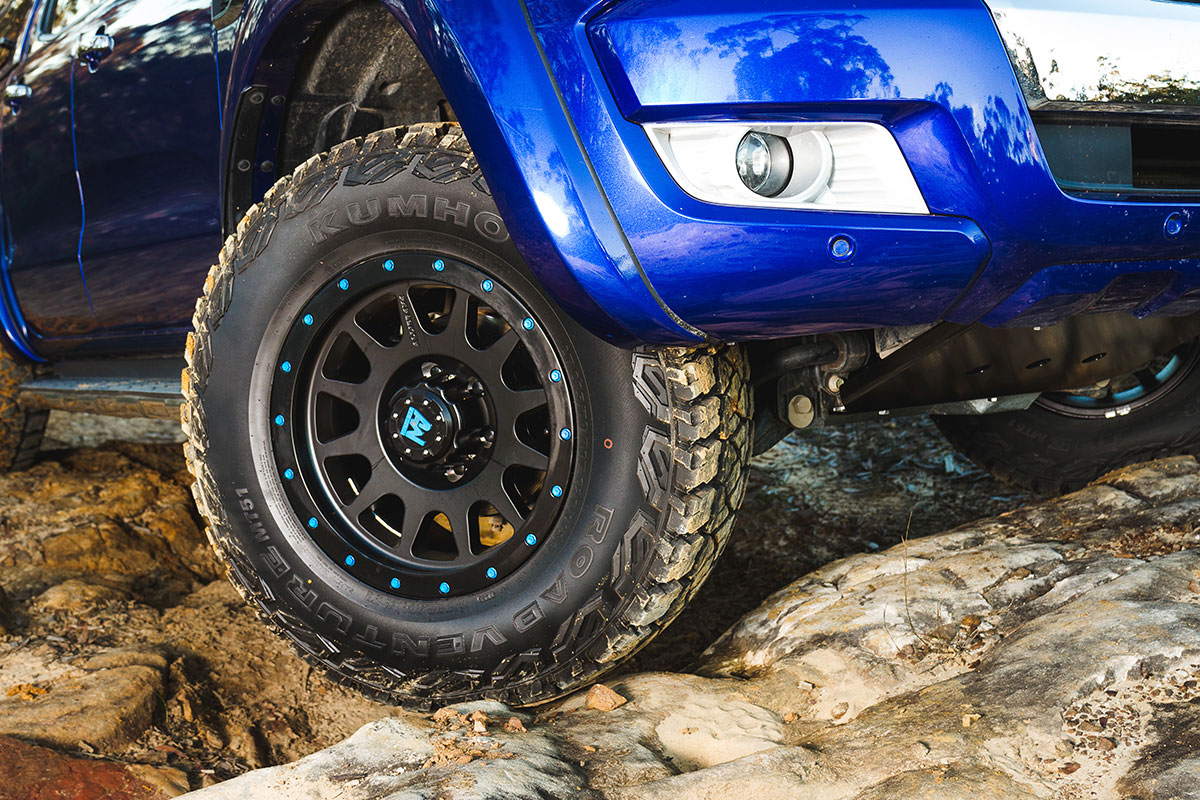
A good set of tyres can make your 4WD go further, use less fuel, float across sand and even tow better at freeway speeds. But the wrong set of tyres can turn even the best tow-tug setup into an unusable waste of driveway space.
WHAT ARE THE BENEFITS OF BIGGER TYRES?
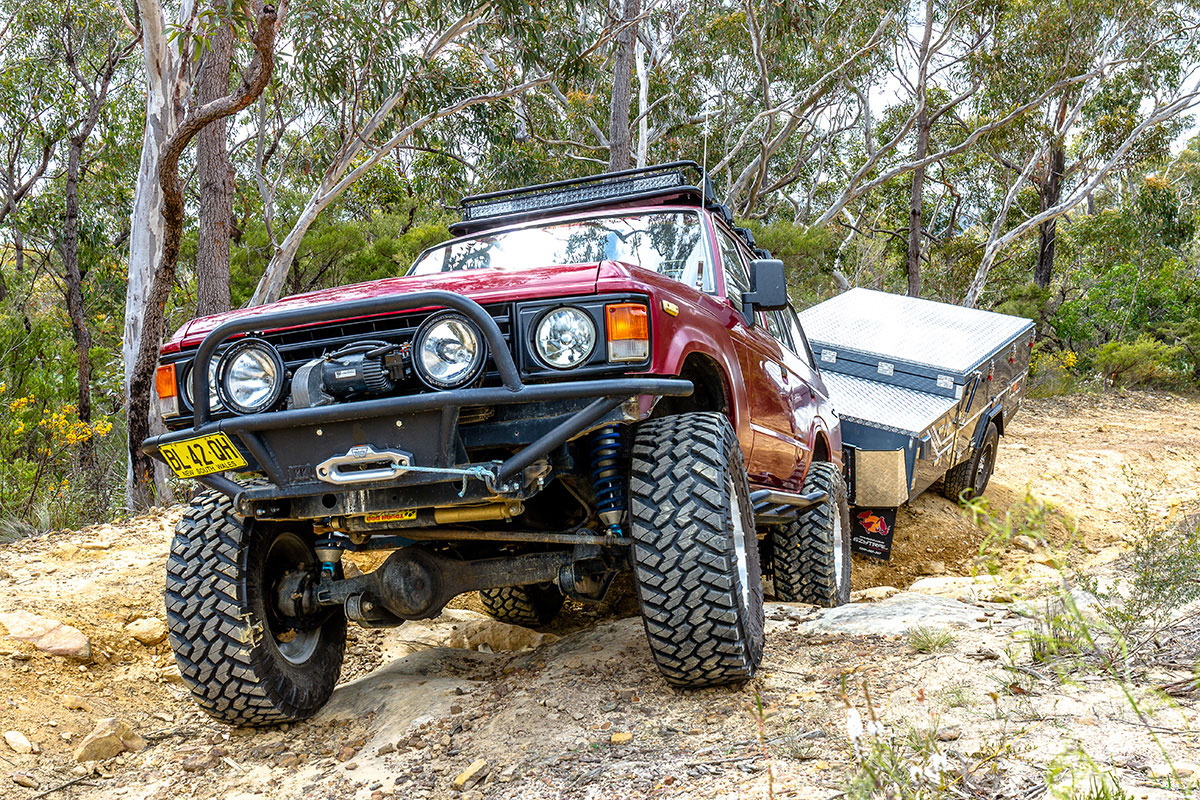
Offroadability
Larger diameter tyres have a larger footprint which not only gives them more traction but also makes them less likely to dig down into soft terrain like mud or sand.
Diameter
The benefits of a larger rolling diameter are more than you’d expect. The big one often touted is more clearance under the diffs, but I can count on one finger the times I’ve been diffed out. The real benefit is improved angles. The larger diameter effectively makes every obstacle you come across smaller by the same amount. It’s like running over a small piece of wood on a skateboard or a mountain bike. The large the tyre, the less it gets knocked around by obstacles, and that includes corrugations.
Toughness
More aggressive tyres are tougher offroad. The actual tyres carcass is protected by extra rubber thanks to the more aggressive tread pattern. The thick rubber wraps around onto the sidewalls providing more protection against staked tyres, and the tyre itself is more difficult to penetrate thanks to a beefier construction.
IS THERE ANY REASON NOT TO FIT LARGER TYRES?
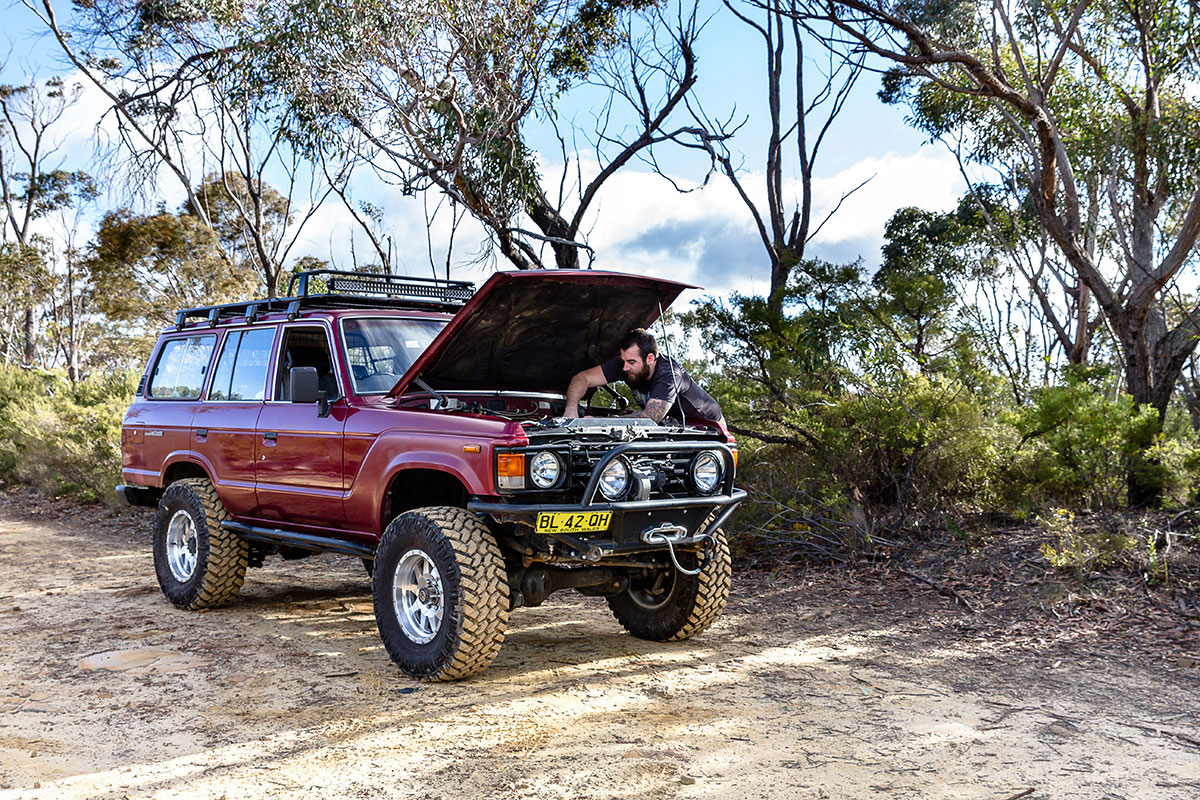
To put it simply: yes. There are several.
Increased load
The main issue is increased load on your drivetrain. Heavier wheels spinning with more momentum will put more load on drivetrain components like CV joints, driveshafts, brakes, transfer cases, and gearboxes. There’s no dodging this one.
Slower braking and acceleration
Acceleration times will slow, and braking distances will increase. How much depends on how big a jump you make in tyre size, although different brands of tyres have different weights so it’s worth taking that into consideration.
Availability of spares
If you’re travelling in remote country you’ll need to factor in the availability of spares as well. That super large sidewall tyre might look the goods on your rig and give you 17.376 per cent more capability offroad, but if you’re sitting around waiting for spares you won’t be bragging to too many people about it.
Noise
Road noise will definitely go up with larger tyres so be prepared for that.
WHAT SHOULD I LOOK FOR IN LARGER TYRES?
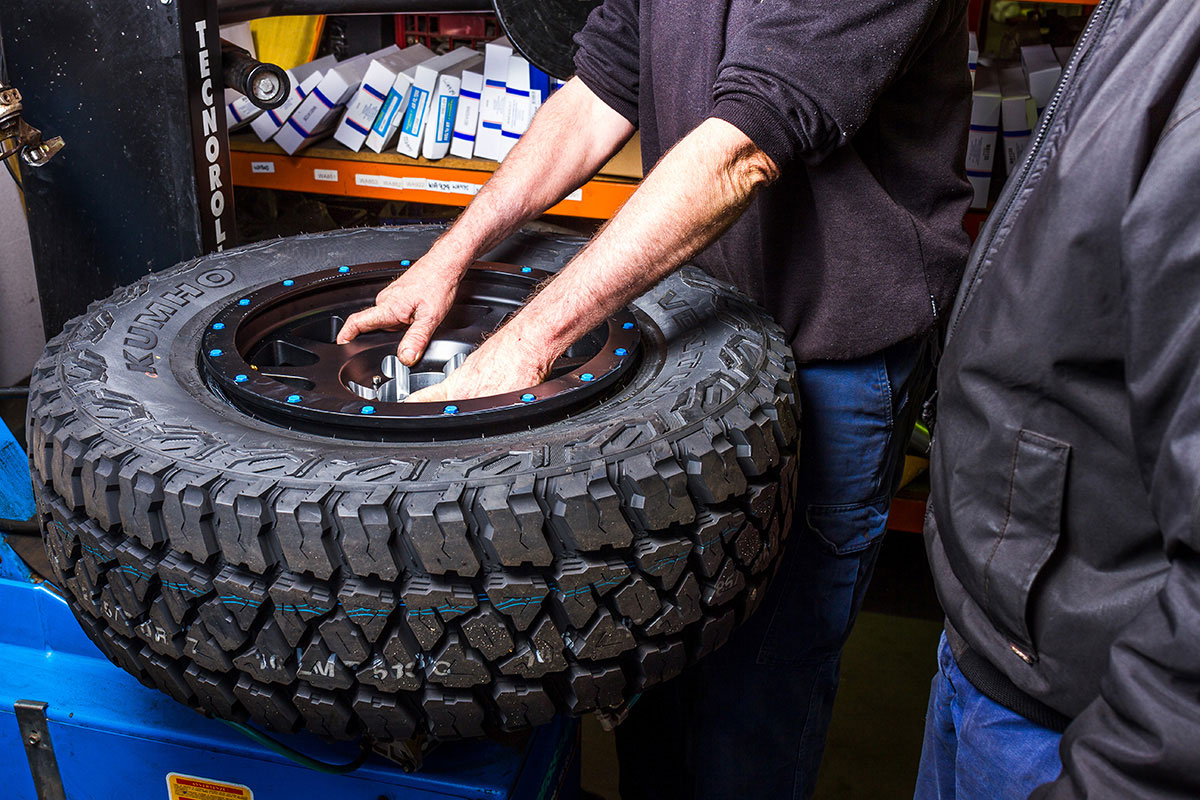
Tread pattern
Larger tyres alone won’t give a noticeable amount of grip if they don’t have the teeth to bite in. In the early years, the general rule was the larger and deeper the voids in the tread the more grip the tyre would have. These days, with computer-modelled patterns and intelligent rubber compounds you’re able to get more grip out of a less aggressive tread pattern. There’s a reason many tyre tread patterns are starting to look similar. If you’re spending your weekends bouncing off the limiter in the mud, a full-blown mud tyre might still be the key to success, but for general offroading including a fair chunk of low-range action, a milder mud-tyre or aggressive all-terrain will be a better balance between offroad ability and on-road manners.
If you’re more of a tourer than an offroader, a traditional all-terrain will give most of the benefits of an offroad tyre while still driving like a highway-terrain.
Construction
You’ll also want to keep an eye out for a big LT stamped into the tyre’s body. That stands for Light Truck construction. If you’re hauling concrete slabs, the difference is a higher load rating, but for us offroaders LT construction means the tyre will have a physically stronger bead so it’s capable of running lower pressures, will have thicker plies inside the tyre to protect against stakes, and will generally have deeper tread too.
WHAT ELSE DO I NEED TO CONSIDER?
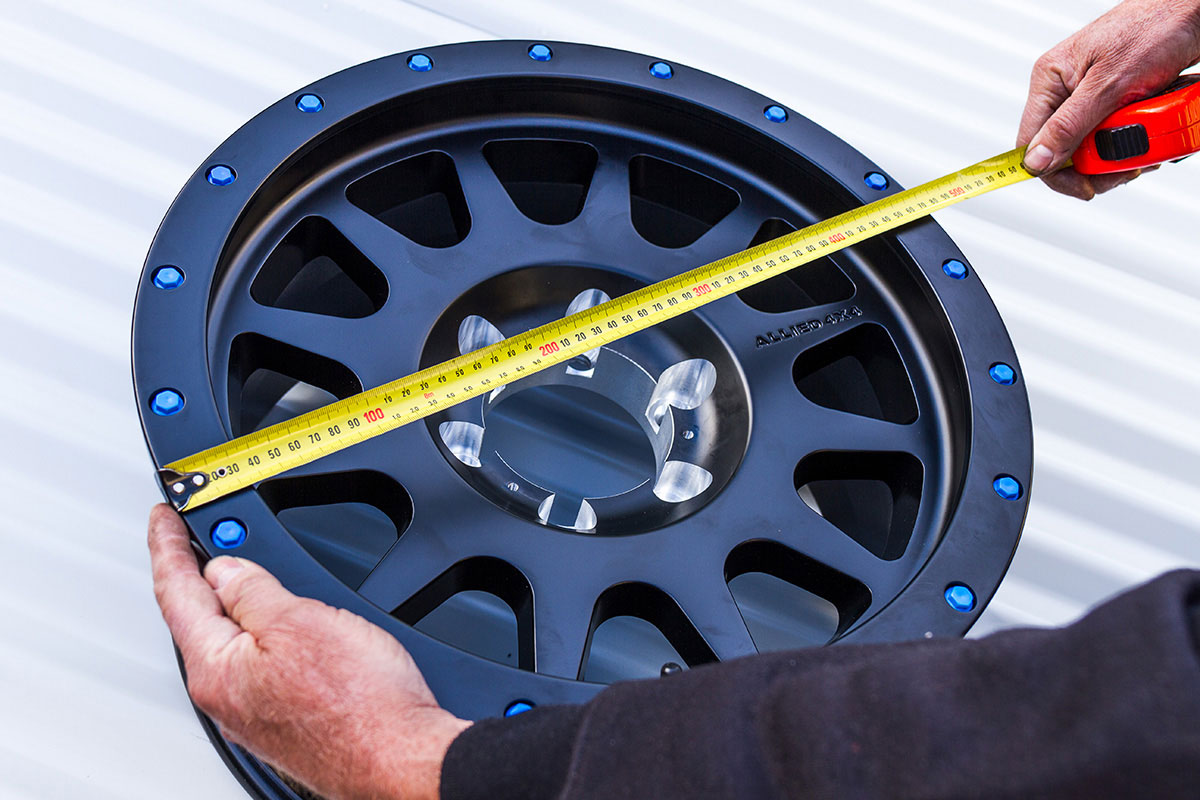
Fitting the right tyres to your 4WD isn’t all about the tyres. For a lot of people, the wheels of choice are just the right style, but there’s a few things you need to consider.
Brakes
Most modern 4WDs (and even some 20yo ones) run larger brakes. That almost always counts out smaller rims like 15s and some 16s. Alloy wheels are generally thicker than steel to account for material strength so they’ll run into brake calliper clearance issues before their steel counterparts.
Wheels
The other issue to consider is the diameter of the wheel itself. In years gone by, the rule was the more sidewall the better. Here, in reality- land, it’s pretty clear you’re not jumping off three story buildings, so larger rims with lower profile tyres generally give more steering feedback and more direct handling without compromising offroad ability.
MEET THE AUTHOR
Dan Everett
Dan has freelanced for RV magazines for five years. The self-declared “car tragic” has rebuilt more trucks and performance rigs than his age in years and came to RV travel on a US blitz, where he gifted a $1000 Craigslisted camper to a backpacker in Miami. He often travels the east coast with his young family between gigs and has spent time in Cape York and the High Country.

